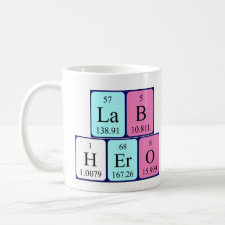
Authors: Wang ZQ, Wu GH, Wang M, He CY
Article Title: An imprinted organic–inorganic hybrid sorbent for selective separation of copper ion from aqueous solution.
Publication date: 2009
Journal: Journal of Materials Science
Volume: 44
Issue: (10)
Page numbers: 2694-2699.
DOI: 10.1007/s10853-009-3353-7
Abstract: Abstract: A new organic–inorganic hybrid sorbent was prepared by a double-imprinting approach for the selective separation of Cu(II) from aqueous solution. In the prepared hierarchically imprinted sorbent, both Cu(II) and surfactant micelles (cetyltrimethylammonium bromide) were used as templates. The sorbent was prepared through self-hydrolysis, self-condensation, and co-condensation of the crosslinking agent (tetraethoxysilane) and the functional precursor (3-aminopropyltrimethoxysilane) in an alkaline media followed by gelation. The adsorption property and selective recognition ability of the sorbents were studied by equilibrium-adsorption method. Results showed that in the presence of Zn(II) the biggest selectivity coefficient of the imprinted sorbents for Cu(II) was over 500, which is much higher than those of non-imprinted sorbents. The largest relative selectivity coefficient (k?) of the ion-imprinted functionalized sorbent between Cu(II) and Zn(II) was over 500. The uptake capacities and the selectivity coefficients of the hierarchically imprinted sorbent were much higher than those of the sorbent prepared without CTAB template. Furthermore, the new imprinted sorbent possessed a fast kinetics for the removal of Cu(II) from aqueous solution with the saturation time less than 10 min, and could be used repeatedly. This sorbent has been successfully applied to the separation and determination of the trace Cu(II) in real water samples and those spiked with standards. This new sorbent can be used as an effective solid-phase extraction material for the highly selective preconcentration and separation of Cu(II) in environmental samples
Template and target information: copper ion, Cu(II)



Join the Society for Molecular Imprinting

New items RSS feed
Sign-up for e-mail updates:
Choose between receiving an occasional newsletter or more frequent e-mail alerts.
Click here to go to the sign-up page.
Is your name elemental or peptidic? Enter your name and find out by clicking either of the buttons below!
Other products you may like:
 MIPdatabase
MIPdatabase









